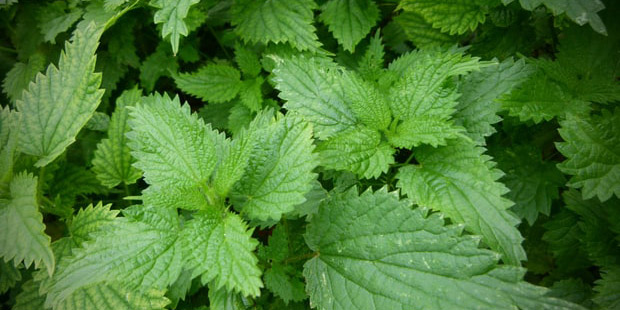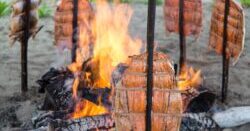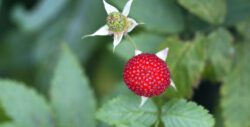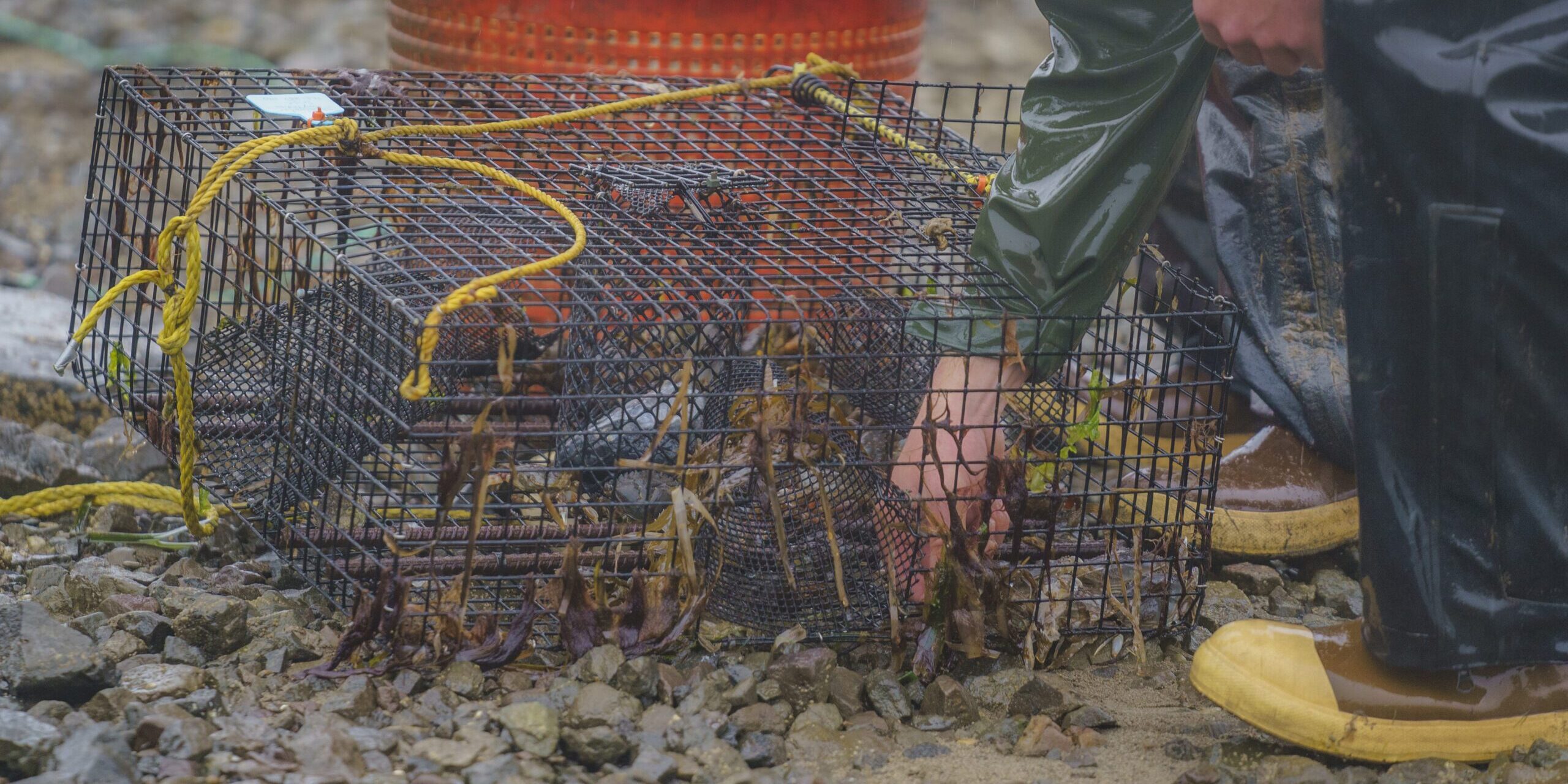
Taking care of the environment has always been important to Native people. Since time immemorial, tribes in Washington have depended on the land and sea for valuable cultural and natural resources. That’s one reason tribes are deeply committed to investing in smart resource management and environmental protection. Throughout the state, tribal governments are leading the way in restoring ecosystems, sustainably managing resources and facing the challenges of a changing climate. Here are a few examples of the work tribes are doing to restore and protect important cultural and natural resources for future generations.
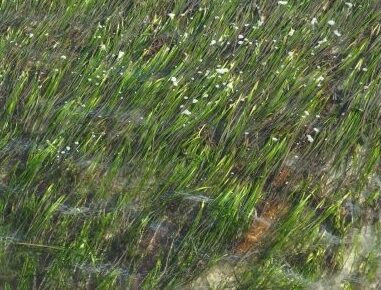
Lower Elwha Klallam Tribe: Bringing Back Eelgrass
Eelgrass plays a crucial role in marine ecosystems. It helps clean the water, provides habitat for fish, produces oxygen and protects coastlines. Healthy eelgrass beds also support salmon, crab and other natural and cultural resources. The Lower Elwha Klallam Tribe is replanting eelgrass in areas where it has declined due to pollution, development and other human activities. Through careful monitoring and adaptive management, the Tribe is restoring these essential underwater habitats and supporting a healthy marine environment.
Swinomish Tribe: Building Clam Gardens
The Swinomish Indian Tribal Community recently revived an indigenous practice that is 3,500 years old—building clam gardens to enhance shellfish production! Clam gardens are created by constructing knee-high rock walls where the ocean meets the land between high and low tides. This extends the gently sloping habitat where clams and other shellfish thrive. By rebuilding these traditional structures, the Tribe is increasing food security, fostering biodiversity and helping counteract ocean acidification caused by climate change.
Colville Tribe: Managing Wildfires
The Confederated Tribes of the Colville Reservation have developed a comprehensive strategy to manage wildfires and protect forests and communities from this increasing threat. Their approach includes controlled burns, forest thinning and community education programs. By reducing the amount of fuel and creating firebreaks, the Colville Tribe is reducing the risk of catastrophic wildfires and promoting healthy forests. Their proactive measures also involve collaboration with federal and state agencies to ensure a coordinated and effective response to the threat of wildfires.
Shoalwater Bay Tribe: Fighting Invasive Green Crabs
Green crabs, originally from Europe and northern Africa, are an invasive species in North America. They aggressively compete with native species, prey on juvenile clams and oysters, and disrupt eelgrass beds. The Shoalwater Bay Tribe is combating invasive green crabs near Tokeland, Washington by trapping and removing thousands of them each month. This effort, along with the work of other agencies and tribes, including the Lummi Nation and the Makah Tribe, is crucial for protecting coastal ecosystems and the livelihoods that depend on them.

Of course, there are many more ways tribes are protecting and restoring important cultural and natural resources for future generations. If there’s a project you’d like us to feature in a future newsletter, let us know at info@washingtontribes.org.




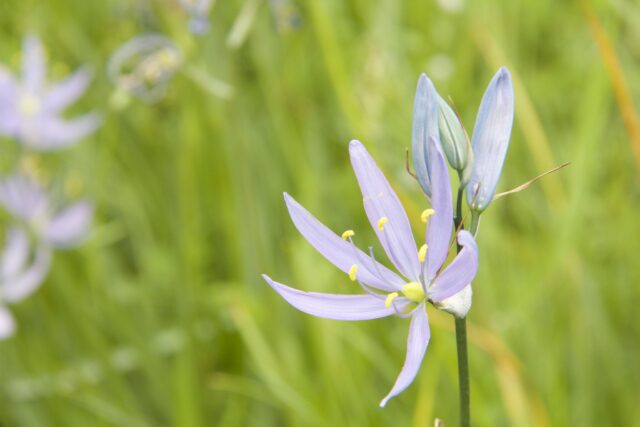 Q: What is camas?
Q: What is camas?